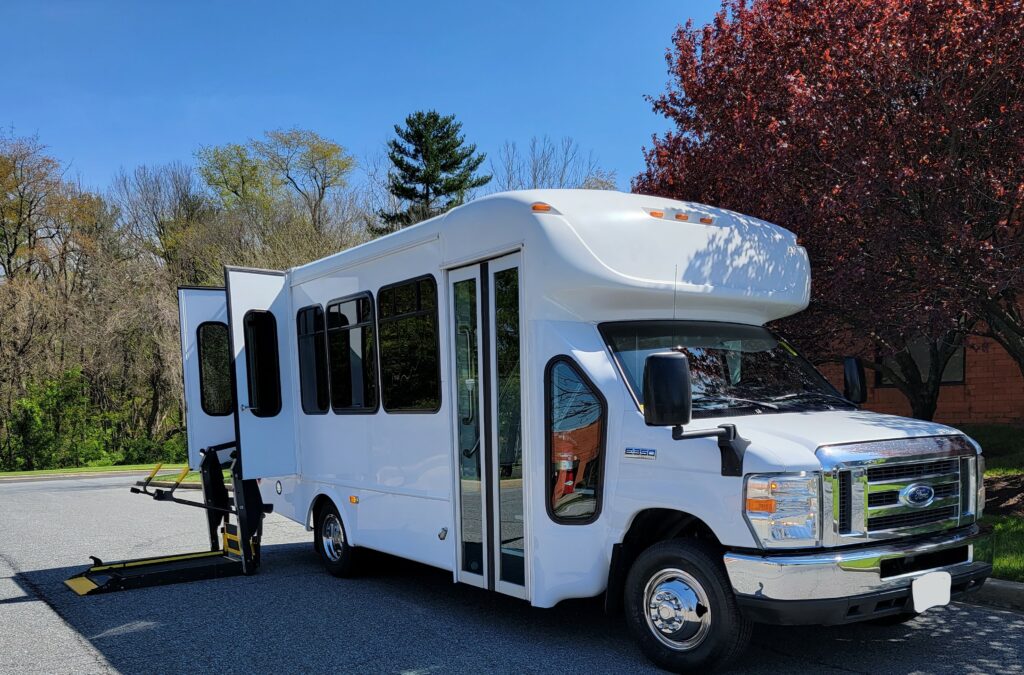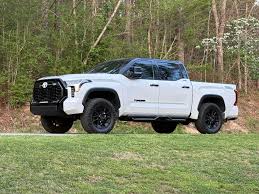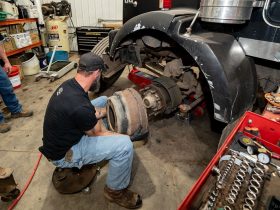Accessible travel is not a niche requirement; it is a baseline expectation for modern group transportation. When vehicles are designed with mobility in mind, riders with different needs can board, travel, and exit safely without friction or delay. The latest mini buses engineered for ADA compliance combine thoughtful layout with reliable technology, creating a safer and more predictable experience for everyone on board. Whether you’re coordinating a campus shuttle, a corporate transfer, or a community program, the right specifications make an immediate difference in reliability, comfort, and dignity. Providers like Infinity Transportation have helped set the pace with fleets and practices that meet both regulatory standards and real-world passenger expectations.
Design Features That Ensure ADA Compliance and Safety
ADA compliance in a mini bus starts with clear, measurable standards and continues through the smallest details that affect everyday use. Vehicle floors should be low, level, and covered with slip-resistant materials, and the aisle must be wide enough for mobility devices to maneuver without scraping or twisting. Handrails positioned at accessible heights, high-contrast step edges, and bright entry lighting help riders maintain balance during boarding and braking. Emergency exits require intuitive labeling and unobstructed access, and audible/visual alerts should be present for route announcements and stop notifications. When these elements work together, the result is a ride that minimizes risk while removing barriers to entry for all passengers.
Built-In Protections That Meet the Letter—and Spirit—of ADA
Safety doesn’t stop at the lift or the door; it continues with interlocks that prevent the bus from moving while a lift is deployed or a door is open. High-quality wheelchair securement systems that meet WC18/WC19 standards, along with occupant restraint belts, keep riders stable during turns and sudden stops. The best designs include multiple securement positions, giving operators the flexibility to accommodate chairs of different sizes without rearranging the entire cabin. Clear signage for priority seating, combined with training for drivers on disability etiquette, ensures securement is done correctly and respectfully. Together, these protections create an environment where compliance is baked into the experience rather than treated as an afterthought.
Thoughtful engineering also addresses visibility and communication. Non-glare interior lighting reduces eyestrain while helping riders read seat numbers and signs, and tinted windows curb heat without compromising visibility. Public address systems that are crisp and audible—supplemented, when possible, by a visual display—improve orientation for riders with hearing or vision differences. Even small details, such as smooth threshold transitions and strategically placed call buttons, contribute to a more predictable, low-stress experience. By focusing on both the technical requirements and everyday usability, operators deliver safer trips that feel seamless.
How 20-Passenger Mini Buses Serve Small Groups Effectively
For small groups, a compact mini bus offers the agility of a van with the stability and comfort of a full-size coach. The cabin layout typically supports a mix of fixed seating and flexible securement spaces, so a team of colleagues, a volunteer group, or an after-school program can ride together without splitting into multiple vehicles. Maneuverability is another advantage: shorter turning radii and tighter curb access make it easy to approach building entrances, event tents, or narrow loading zones. Because the bus is purpose-built for ADA features, any change in passenger mix—such as adding a wheelchair user or someone using a walker—can be accommodated without reconfiguring the entire route. This flexibility keeps schedules intact and preserves a professional, on-time reputation.
Use Cases That Benefit Most
For corporate shuttles, the combination of precise pickups and comfortable interiors supports productivity and positive brand perception. Small conventions and hotel groups appreciate the ability to run frequent loops without overcommitting to larger, half-empty vehicles, balancing cost control with rider satisfaction. Community organizations benefit from the consistent, step-by-step accessibility experience—whether that means a ramp or lift that deploys quickly or securement points that fit different chair footprints. Where service standards matter, Infinity Transportation often pairs vehicle capabilities with trained staff who can communicate clearly, assist without overstepping, and keep the day moving forward. These capabilities make a 20 Passenger ADA Mini Bus an especially smart fit for programs that juggle diverse mobility needs under tight timelines.
Even school districts and universities leverage compact buses for shuttle routes that cross campus, connect satellite lots, or serve special events. The vehicles’ size and ADA-ready interiors allow schedulers to plan consistent run-times, even when boarding requires lift use or additional assistance. Sports teams, performing arts groups, and faith communities benefit as well, since everyone can arrive together with gear, instruments, or materials stored neatly and safely. When the platform is designed for real-world constraints—variable parking, unpredictable weather, differing passenger needs—the vehicle becomes a reliable link between points on the map rather than a bottleneck in the day’s schedule.
The Importance of Inclusive and Accessible Travel Planning
Vehicles alone do not guarantee access; success also depends on how trips are planned and communicated. Organizers should gather mobility information early, including whether riders use wheelchairs or scooters, need priority seating, or benefit from extra time for boarding. Transparent timelines—stating when the bus will arrive, how long dwell time will be at each stop, and who assists with securement—reduce confusion and prevent delays from cascading. Clear pickup and drop-off points, ideally mapped with curb cuts and sheltered waiting areas, make the first and last thirty feet of every trip safer and easier. When travel planning aligns with design, people feel welcome rather than accommodated.
Practical Steps for Organizers
A helpful approach is to build in buffers that match real boarding needs. If a group includes multiple mobility device users, schedule a few extra minutes at the start of the route and at major stops, and communicate that buffer to everyone. Establish a contact protocol so riders can text or call if they’re running late, and make sure the driver can coordinate efficiently with onsite staff. Provide simple pre-trip instructions—what to expect from the lift, where securement will occur, and how to request assistance—so riders feel confident before the bus arrives. When a 20 Passenger ADA Mini Bus is matched with a thoughtful plan, the entire flow from curb to seat becomes smoother.
Inclusive planning also extends to contingencies. Weather can change quickly, so consider covered staging areas and alternative curb spaces that still meet accessibility standards. If a venue has tight or busy entries, scout them in advance to verify turning angles and safe staging distance for the lift platform. Keep a record of rider preferences for future trips, noting any details that improve comfort, such as front-row seating for motion sensitivity or quieter zones for those who prefer less stimulation. Without adding complexity, these steps make the journey more personal and vastly more reliable.
Wheelchair Lifts, Securement Systems, and Low-Step Access
The wheelchair lift is a critical component, and its reliability depends on both engineering quality and operator proficiency. Look for platforms with non-slip surfaces, guardrails, and raised edges to prevent roll-off, with weight capacities suitable for power chairs and scooters. Interlocks should prevent bus movement during deployment, and the control pendant must be simple enough for smooth, consistent operation. Redundant power options, such as manual overrides, are essential so boarding can continue even in the rare event of a power fault. All of these features ensure that riders using mobility devices can board with dignity and without undue delay.
Safe Operation and Daily Checks
Securement systems are just as important as lifts, and they function best when drivers use them exactly as intended. Four-point tie-downs should attach to chairs at appropriate angles, with snug tension that limits lateral movement while avoiding stress on the device frame. lap-and-shoulder occupant restraints must be positioned properly for comfort and safety, independent of any belts on the chair itself. Operators should perform quick pre-trip checks: verify webbing integrity, inspect buckles and hooks, confirm the lift platform is clean and cycles smoothly, and ensure anchor points are clear. With a 20 Passenger ADA Mini Bus, these checks are fast and repeatable, building consistency that passengers can trust.
Low-step access benefits every rider, including those who do not use mobility devices but prefer shallower steps and sturdy handholds. Steps should be evenly spaced and illuminated, with high-contrast edges that remain visible in low light or wet conditions. Some models include kneeling capability, reducing entry height and making boardings quicker at curb level. Clear handrail placement at both sides of the door supports three points of contact, reducing slips as riders enter and exit. Together, lift deployment, securement accuracy, and low-step design form a trio that makes short work of boarding while raising the overall safety bar.
Supporting Passenger Comfort Through Thoughtful Design
Comfort is more than soft seats; it’s the combination of ride quality, climate control, acoustics, and personal space that keeps riders relaxed and alert. Premium suspension systems and sound-dampening panels reduce vibration and road noise, which can be especially important for riders with sensory sensitivities. Zonal HVAC allows even temperature distribution from front to rear, while fresh-air management reduces fogging and keeps the cabin feeling clean. Wide windows with shades provide natural light without glare, and LED lighting that dims in stages supports calm transitions during early mornings and late evenings. When the bus is quiet, stable, and temperate, passengers arrive in better shape for meetings, classes, or appointments.
Amenities That Elevate the Onboard Experience
Amenities make time onboard more productive and pleasant. USB and power outlets, optional Wi‑Fi, and organized storage for small bags or walkers help keep aisles clear and people connected. Non-slip, cushioned flooring reduces fatigue for standing riders, and ergonomic seat design with accessible armrests makes longer trips easier. Visual stop indicators and clear PA audio cues guide riders who prefer structured information, while discreet trash and recycling receptacles keep the environment tidy. For organizations partnering with Infinity Transportation, these comfort features are paired with driver professionalism, creating an experience that feels premium without being complicated.
Thoughtful layout choices enhance inclusivity without sacrificing capacity. Aisle widths that accommodate passing, fold-away seats near securement stations, and flexible tie-down placements help operators adapt the interior quickly as passenger needs change. Careful airflow design avoids hot and cold spots, preventing discomfort that can be magnified for riders with limited mobility or circulation differences. Even for a 20 Passenger ADA Mini Bus, small touches—like quiet latches, sealed panels, and stable cup holders—contribute to a more serene cabin. With these details in place, organizations deliver a ride that supports dignity and well-being from first step to final stop, reinforcing trust in accessible travel and the providers who prioritize it.










